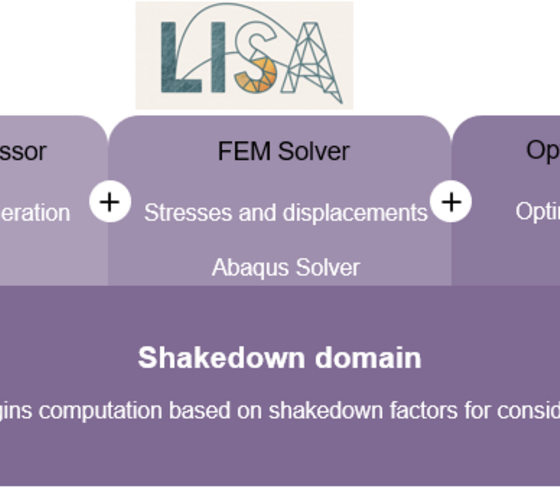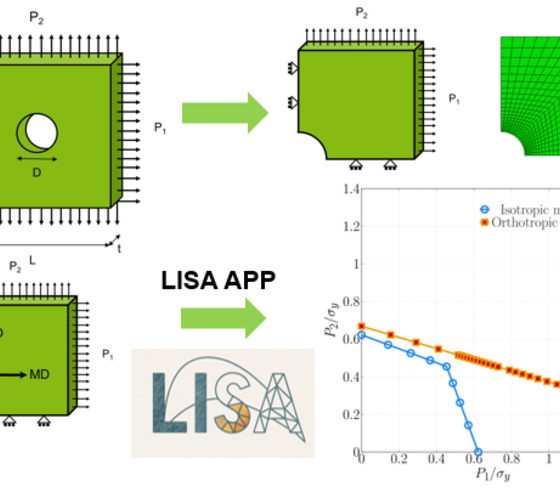Limit State Analysis of Paper and Paperboard (LiSA:Paper)


Does the fact that paper and paperboard exhibit elastoplastic material response on the macroscale, like metals for example, imply the existence of similar shakedown phenomena, despite the fact that the underlying microscale mechanisms are completely different?
Despite approximately 2000 years of use, the material behavior of paper remains insufficiently understood, and its modeling is underdeveloped.
The difficulty in modelling paper arises from its intrinsic microstructure, which comprises an unstructured fiber network (see Figure 1). This network structure determines the macroscale material response, which exhibits a distinctive elastoplastic behavior. While elastoplasticity is well-understood for engineering materials such as metals, where mechanisms like plastic slip on the microstructure are known to result in plasticity on the macroscale, such effects are markedly different in paper.
Furthermore, the limit states of metals and numerous other materials are well-characterized and understood, even in the context of time-varying loading scenarios, such as cyclical loading.
Such limit states are defined as the maximum loading state at which the system can still be considered "safe" and will not fail due to alternating plasticity (plastic deformations with changing signs and low overall plastic strains leading to low cycle fatigue) or due to incremental plastic collapse (continuously growing plastic deformations leading to failure even after low numbers of cycles).
These safe states are referred to as "shakedown" (Figure 2).
Computing those limit states in terms of the structural load-bearing capacity is an important and challenging task for construction engineers in structural design.
